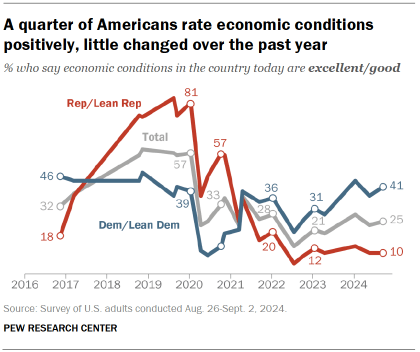Press play to listen to this article
Voiced by artificial intelligence.
MADRID — Participation rates in Spain’s national elections appeared to decrease on Sunday afternoon, with 52.94 percent of registered voters having cast their ballots as of 6 p.m., nearly four percentage points below the turnout registered at the same hour during the elections in November 2019.
Turnout was stronger during the first hours of the day, with some 40.48 percent of electors voting by 2 p.m., three percentage points ahead of the rate recorded at that hour in 2019.
Given the extreme heat in Spain, participation was widely expected to slow during the hottest hours of the day. Pollsters believe voting rates will pick up in the later afternoon, when temperatures begin to cool down.
The current turnout figure does not include mail-in ballots, which could boost the final figure substantially. Spaniards have opted to vote by mail in record numbers in these elections, the first to be held in the middle of summer, when over a quarter of registered electors are on holiday. Some 2.47 million votes have been processed by the country’s state-owned postal service; those ballots are already at polling stations but will only be counted at the end of the day.
Over 37 million Spaniards are registered to vote in these elections, which will determine if the country continues to be run by a left-wing coalition led Socialist Prime Minister Pedro Sánchez, or if instead the reins of power will pass to the center-right Popular Party’s Alberto Núñez Feijóo, a candidate who is open to forming a government with the far-right Vox party.
Traffic on the roads leading into Spain’s major cities suggest that many voters have waited until the afternoon to return from holiday destinations to their assigned polling stations. Spain’s General Directorate for Traffic (DGT) reported complications on the Madrid-bound parts of the A3 and A5 highways, which connect Extremadura and parts of the Mediterranean coast to the capital. Additional traffic jams were reported on the highways connecting beach towns in Huelva and Cádiz to Seville.
The suspension of high-speed rail service on the line linking Valencia to Madrid led to the last bit of controversy in an election cycle overshadowed by conspiracy theories. Several Popular Party politicians took to social media to allege that the interruption, which the entity that oversees Spain railway infrastructure confirms was caused by a fire near Xátiva, had somehow been created by authorities to stop electors from casting their vote.
“Many people from Madrid were returning today from the Valencian beaches by high-speed rail in order to vote,” tweeted Raphael Hernando, a Popular Party senator. “But they will not be able to do so due to a ‘serious incident’ on the line.”
Although affected passengers initially complained that they had not been offered alternate travel arrangements, by mid-afternoon Spain’s state-owned railway said that travel solutions had been provided to all ticket-holders.
Polling stations in continental Spain remain open until 8 p.m. tonight, with the first projections of the results expected at 9 p.m., when polls close in the Canary Islands.
One place where the voting process has already concluded is the village of Villarroya, where all seven registered electors voted within 25 seconds of polling stations opening this morning. The tiny village, which is located in the province of La Rioja, has long prided itself on being the quickest Spanish municipality to complete the election; this time around they managed to achieve that objective in three seconds less than in last May’s local elections.



